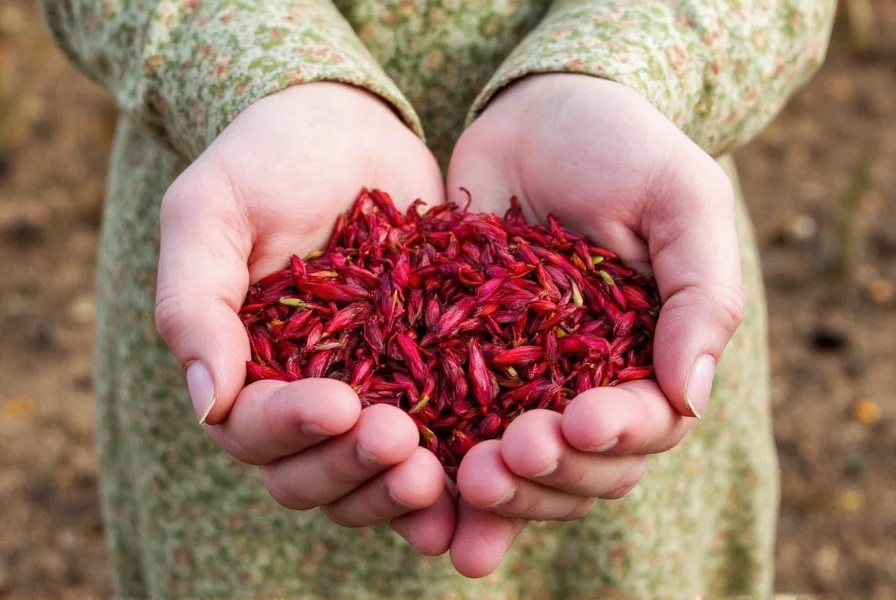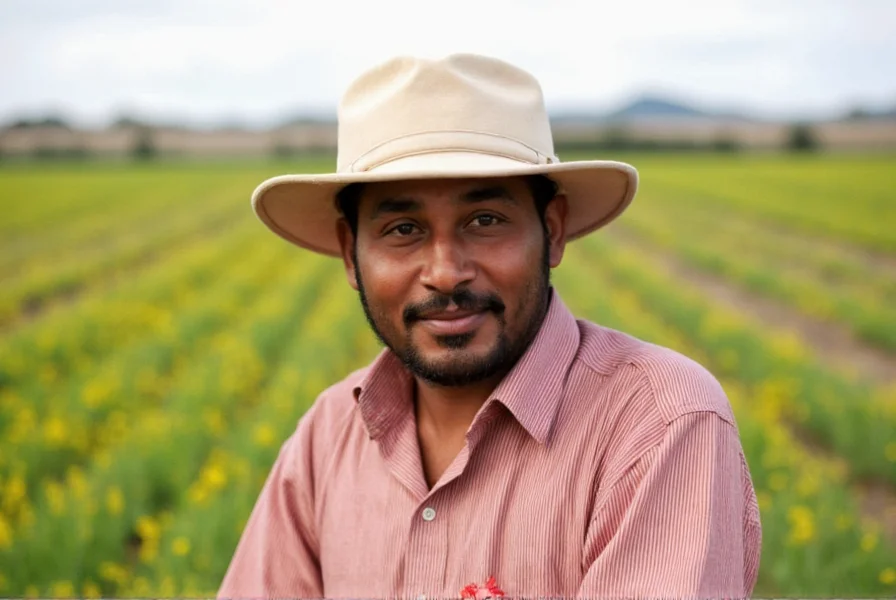Many searchers confuse saffron with Walla Walla's famous agricultural products, likely mixing up the distinctive Walla Walla Sweet Onion with saffron, the world's most expensive spice. This misunderstanding creates frequent search queries about "saffron walla walla" despite no significant connection between the two.
Understanding the Saffron-Walla Walla Confusion
The persistent search pattern for "saffron walla walla" reveals an interesting case of agricultural product confusion. Walla Walla's name has become so strongly associated with premium local produce—particularly its namesake sweet onions—that some consumers mistakenly believe the region produces other specialty crops like saffron.
Saffron requires specific growing conditions that differ significantly from Walla Walla's agricultural environment. The delicate Crocus sativus flower thrives in Mediterranean climates with hot, dry summers and mild winters—conditions not characteristic of Washington's Walla Walla Valley, which has colder winters and different soil composition.
Saffron Cultivation Requirements vs. Walla Walla Conditions
| Factor | Saffron Requirements | Walla Walla Conditions |
|---|---|---|
| Climate | Mediterranean (hot dry summers, mild winters) | Continental (cold winters, warm summers) |
| Soil Type | Well-drained, calcareous soils | Loess soils (ideal for onions and grapes) |
| Water Needs | Moderate, with dry periods | Irrigation-dependent agriculture |
| Primary Harvest Season | Autumn (October-November) | Onion harvest: August-September |
Walla Walla's Actual Agricultural Specialties
The Walla Walla Valley's agricultural identity centers on two primary products with protected designations:
- Walla Walla Sweet Onions - Awarded Protected Designation of Origin status by the USDA, these onions can only be grown in specific counties of Washington and Oregon. Their mild, sweet flavor results from the region's unique volcanic soil and climate.
- Wine Grapes - The Walla Walla Valley American Viticultural Area (AVA) contains over 120 wineries producing premium wines, particularly Cabernet Sauvignon, Merlot, and Syrah.
While some small-scale specialty crop experimentation occurs in the region, commercial saffron farming remains economically unviable compared to the established onion and wine industries that define Walla Walla's agricultural economy.
Saffron Production Elsewhere in Washington State
Though not grown in Walla Walla, saffron cultivation does exist on a small scale in other parts of Washington. The most successful operations are located in western Washington's milder maritime climate, particularly in the Puget Sound region where:
- Several homestead-scale saffron farms operate as specialty niche businesses
- University extension programs have studied saffron's viability as a high-value crop
- Some farms integrate saffron with other autumn-harvest crops
These Washington saffron producers face significant challenges including labor-intensive harvesting (each flower produces only three stigmas) and the need for precise climate conditions during the critical autumn bloom period.
Why Saffron Doesn't Fit Walla Walla's Agricultural Model
The Walla Walla Valley's agricultural success stems from crops that align with its specific environmental conditions and established market channels. Saffron presents several fundamental mismatches:
- Harvest Timing Conflict - Saffron blooms in autumn when Walla Walla farmers are focused on onion and grape harvests
- Labor Requirements - Saffron needs hand-harvesting at dawn, conflicting with existing labor schedules
- Market Infrastructure - No established supply chain exists for saffron in the region
- Economic Scale - Saffron's high value per pound doesn't compensate for its extremely low yield per acre compared to onions

Finding Washington-Grown Saffron
If you're seeking locally produced saffron in Washington, focus your search on western parts of the state rather than the Walla Walla Valley. Look for:
- Farmers' markets in the Puget Sound region during October-November
- Specialty food stores featuring Washington-grown products
- University extension programs that sometimes sell demonstration crop harvests
When purchasing saffron, verify its origin through:
- Direct farmer contact
- Batch-specific harvest dates
- Transparent pricing that reflects saffron's true production costs
Conclusion
The "saffron walla walla" search query represents a common case of agricultural product confusion. Walla Walla's identity remains firmly rooted in its sweet onions and wine production, while saffron cultivation finds more suitable conditions elsewhere in Washington. Understanding these regional agricultural specialties helps consumers make informed choices about locally sourced products and appreciate the unique terroir that defines Washington's diverse farming regions.
Frequently Asked Questions
Does Walla Walla produce any saffron commercially?
No, Walla Walla does not have any commercial saffron production. The region's agricultural focus remains on Walla Walla Sweet Onions and wine grapes. While some homesteaders may grow saffron as a hobby crop, it doesn't represent a commercial agricultural enterprise in the Walla Walla Valley.
Why do people search for saffron in relation to Walla Walla?
This confusion likely stems from Walla Walla's strong association with premium agricultural products, particularly its famous sweet onions. Some consumers mistakenly assume the region produces other specialty crops like saffron, or they may be confusing the terms due to similar-sounding names.
Where can I find Washington-grown saffron?
Washington-grown saffron is primarily produced in western Washington, particularly in the Puget Sound region. Look for it at specialty farmers' markets during October-November, through university extension programs, or from small-scale homestead farms that list their products online. There are no significant saffron producers in the Walla Walla Valley.
What makes Walla Walla suitable for onions but not saffron?
Walla Walla's volcanic loess soils and specific climate pattern create ideal conditions for sweet onions, which require particular soil composition and growing season temperatures. Saffron, however, needs Mediterranean climate conditions with hot dry summers and mild winters—conditions not found in the Walla Walla Valley, which has colder winters and different soil drainage characteristics.
How can I verify if saffron is genuinely Washington-grown?
To verify Washington-grown saffron, look for direct farmer contact information, specific harvest dates (October-November), and transparent pricing that reflects saffron's labor-intensive production. Reputable producers will provide details about their growing location within Washington. Be wary of products claiming to be from Walla Walla specifically, as no commercial saffron production exists there.











 浙公网安备
33010002000092号
浙公网安备
33010002000092号 浙B2-20120091-4
浙B2-20120091-4